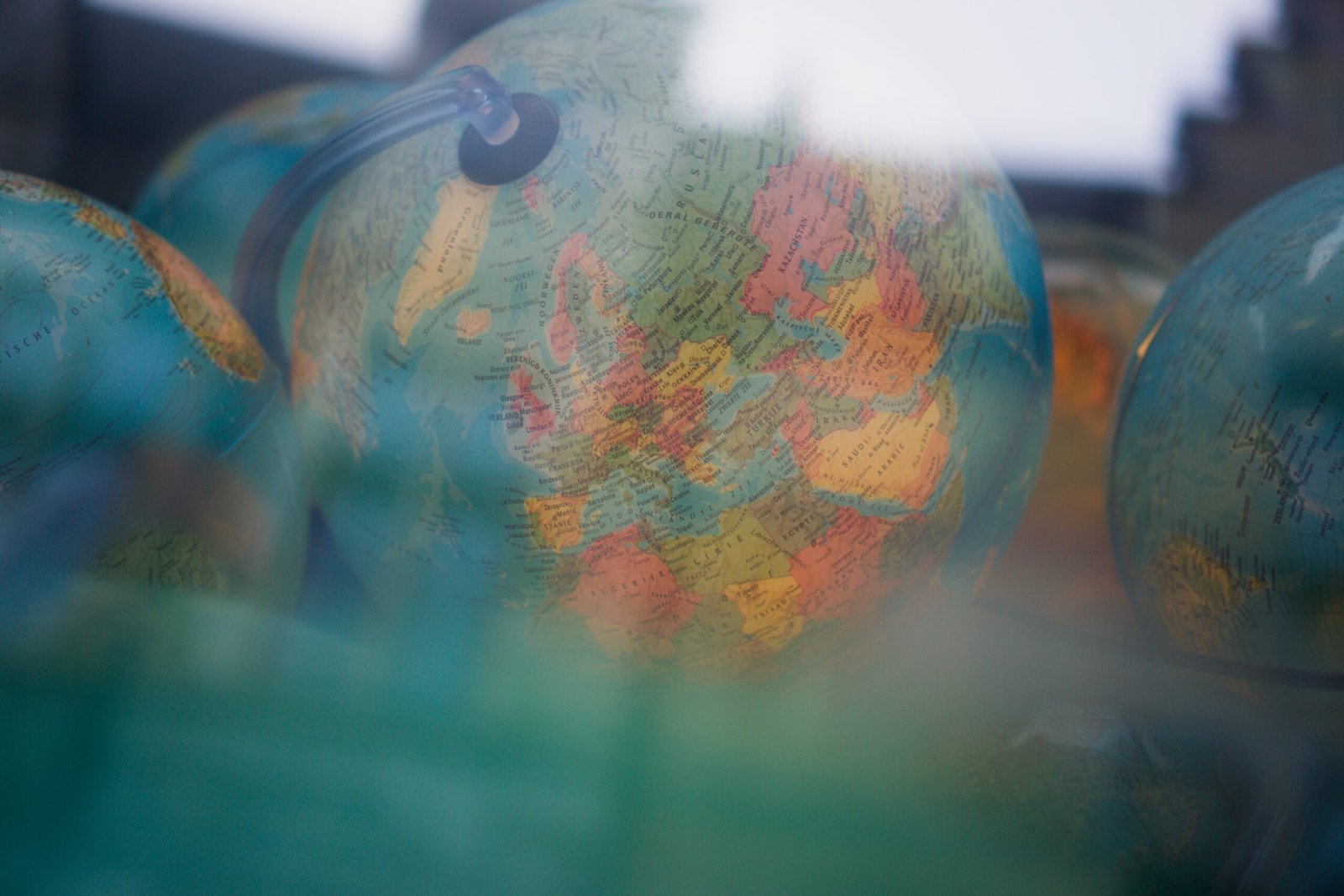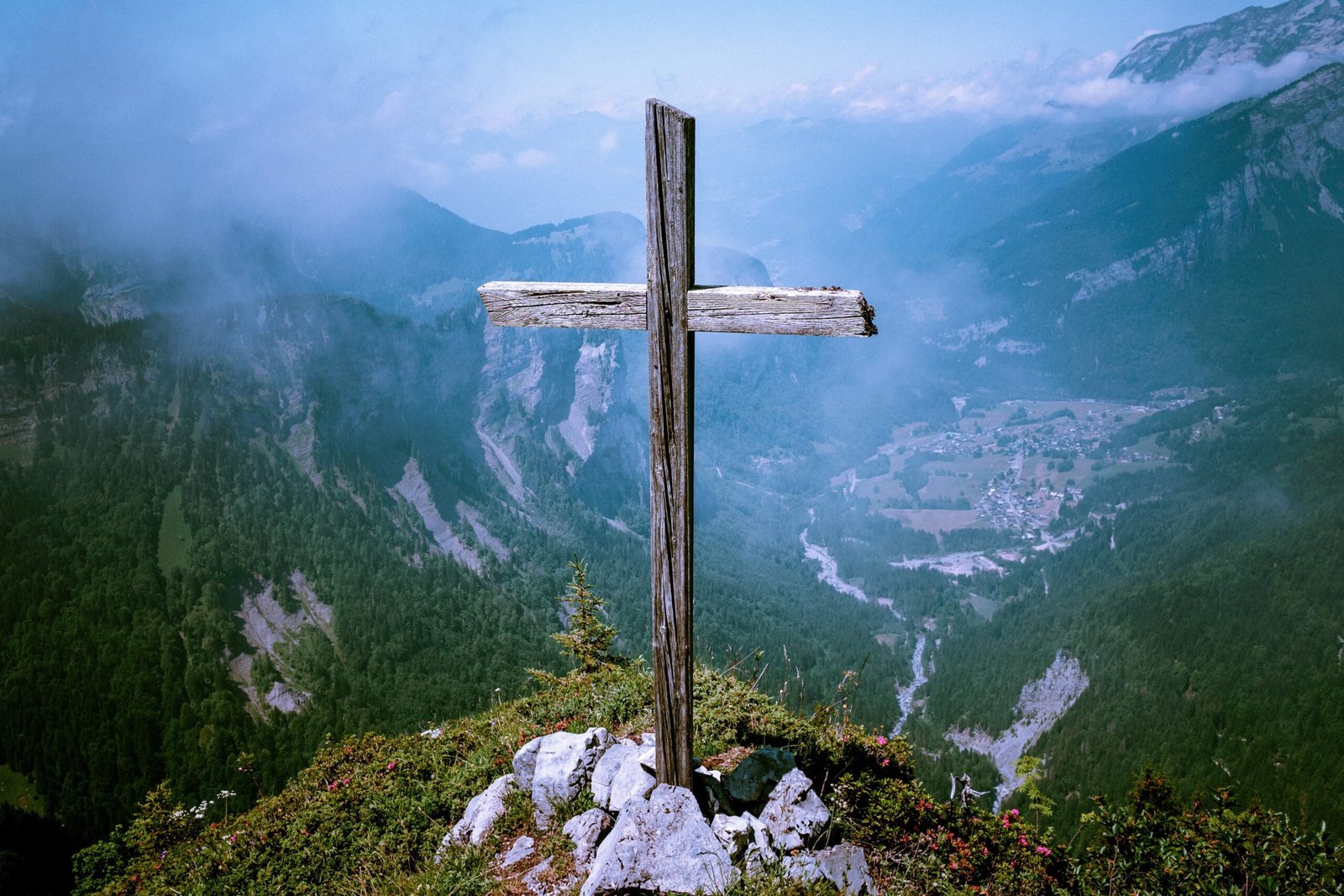World’s most complex honey and other food experiences in Corsica
This article was produced by National Geographic Traveller (UK).
Sat in the middle of the Mediterranean, just eight miles from its southern neighbour, Sardinia, Corsica is a French island with an obvious Italian influence. As such, it’s a place that takes its food seriously. Whether you’re in the mountainous interior, or dining on the coast, expect fresh ingredients, traditional local dishes and long, multi-course lunches. But what really makes the island a gourmet getaway are its specialities — from world-famous charcuterie to dishes made with its beloved chestnuts.
Venerable vines
There can’t be many vineyards with their own police station — but Domaine Saparale, in southwest Corsica, has an unusual history. The estate’s original owner, Philippe de Rocca Serra, had big ideas when he established it in 1850. “He was a lawyer whose grand ambition was to create Corsican wines that would rival the great wines of Bordeaux,” explains current owner Julie Farinelli. “Everyone thought he was a madman because, back then, the wine was just for the locals.”
Funding his project by practicing law in North Africa, Philippe eventually brought his grand plan to fruition, establishing a sprawling estate that evolved into a self-sufficient hamlet, complete with its own police station. “There were lodgings for 20 gendarmes — they protected the site and the surrounding valley from bandits. There was even a little prison,” explains Julie, gesturing towards the faint painted sign on the wall of the stone building in front of us, which reads ‘Gendarmerie Nationale’.
While Philippe enjoyed several decades of success, selling wine in Paris and winning awards, the estate’s fortunes declined in the early 1900s, and, as the century wore on, it fell into disrepair. Then, in 1970, a childless descendant of Philippe bequeathed it to his housekeeper — the grandmother of Julie’s husband Philippe.
Since 1998, the Farinelli family have been slowly bringing the estate back to life; three buildings, including a former oil mill, are now luxury self-catering lodges, and work on a hotel is in progress; yet it’s their wines that really make it worth the trip.
While most of Corsica’s wines are based on the same six grape varieties — sciaccarellu, niellucciu and grenache for reds; vermentino, genovese and biancu gentile for whites — the terroir changes significantly from region to region. Domaine Saparale is set on the granite terroir of Sartène, which gives its wines their robust flavour and strong personalities.
As well as producing reds, whites and rosés across their three main labels, the Farinellis have recently started making wine in amphoras — the terracotta vessels used by the ancient Greeks and Romans — with the neglected carcaghjolu grape variety, which in Corsica only grows on southern soil. This type of small-batch, vintage experiment fits within their Oenoteca brand, which comprises wines made with a single grape variety, whenever the harvest is plentiful enough.
Happily, my visit is rounded off by a tasting with the estate’s sommelier Meghan, the highlight of which is a wondrous white Oenoteca wine. Together, Julie and I breathe in its aromas: smoky and woody with a flash of fruit, its flavours are as distinct as the estate on which it was made.
Domaine Saparale in the south of the island has been producing wine since 1850 Photograph by Domaine Saparale
2. Patisserie Casanova
Chestnut specials
There’s no mistaking the staple product in Corsica: chestnuts make an appearance on every menu, whether as caramelised shards on a velouté entrée or part of a moelleux à la châtaigne, a moist cake that’s made with chestnut flour. Even the charcuterie comes courtesy of chestnuts, as the local pigs graze on them within the dense forests that cloak the landscape.
“Most villages are set at around 800m above sea level, which is where the chestnut trees grow,” explains guide Gabriel Ottaviani. “The harvest takes place in October and traditionally it was a collective job, with the whole village out collecting chestnuts. People would put them in racks above their kitchens and living rooms, where they’d dry out. They’d then be sorted and shelled and milled into flour.”
This sweet, biscuity flour is one of the island’s most prized products and holds an AOP label (protected origin). It’s traditionally used for pulenda, which is similar to Italian polenta and made by stirring chestnut flour, water and salt together in a pot with a wooden baton called a pulendaghju until it comes together to form a dough that’s then sliced and fried in butter. A winter special across Corsica, pulenda is traditionally served alongside the island’s beloved brocciu cheese and figatellu sausage.
Many of Corsica’s chestnut groves can be found around the town of Corte, located among the mountains in the island’s north. The shops and restaurants lining its rambling streets are the ideal places to seek out chestnut-based delicacies. At Patisserie Casanova, for example, specialities on offer include chestnut cakes and falculella, Corte’s signature pastries, which are made with egg yolk, flour, sugar and orange zest, all baked on a chestnut leaf. The shop’s owner Edmond Casanova is particularly proud of these. “They were invented by my great-grandfather in the 1800s,” he says. “In those days, there weren’t any baking trays, so they used the chestnut leaf to put it in and take it out of the oven; they can stand the heat without burning.
“It’s something you’ll only find in Corte.”
Shades of honey
Explore the Corsican countryside and you can’t help but breathe in the incredible aroma that comes from the maquis, the fragrant shrubland that clings to its hillsides. Herbs such as nepeta, myrtle bushes and the yellow immortelle flower are among many plants that attract the island’s bees. The honey they produce is complex and varied, as I discover at the Jardin des Abeilles, a farm in the hills inland from Corsica’s capital, Ajaccio.
“There are only two types of honey in France that hold an AOP protected origin,” explains owner Tiphaine Pietri. “One is the honey from the pine trees of the Vosges mountains [in eastern France], and the other is Corsican honey.
“There are very strict rules about where the hives can be placed; they can’t be near any agriculture, even organic farming, and they have to be close to wild plants. There isn’t really any intensive agriculture near here — the bees circulate in a radius of 3km around the hives.” Having explored the garden, with its demonstration hive, and checked out the information trail that weaves through woodland leading down to a gushing river, it’s time to try some of the six different types of Corsican honey that share the AOP label.
The tasting starts with the gentlest flavour, the miel de printemps, for which the bees collect nectar from flowering clementine trees and asphodel flowers in April. The summery, amber-hued miel de maquis d’été is fruity and aromatic, but the miel de meillat du maquis (honeydew of the maquis) is a complete contrast: a dark honey with a woody, malty, slightly bitter flavour, due to it being made with nectar from oak and eucalyptus, rather than flowers — it’s also gathered in the summer months when the maquis is dry.
We finish with the chestnut honey, miel de châtaigneraie, which is rich and caramel-like, followed by the autumn honey, miel de maquis d’automne, which is similar but a little less sweet — better paired with cheese than served at breakfast.
For all the clear differences between the main types of honey, Tiphaine points out that flavours can also vary from jar to jar. “We have visitors who might prefer this honey to that made in another valley,” she explains. “Every place will have different plants; each year will have its own flavours. It’s just like wine.”

Beekeeper Denis Casalta presents his honey at Le Jardin des Abeilles Photograph by Hemis, Alamy Photo
Finely sliced
Charcuterie is one of Corsica’s most important products. Historically, the island’s cured meats and sausages have been crucial to the survival of its mountain-dwelling population throughout the harsh winter months. Today, visitors will still find charcuterie hanging in Corsican food shops, with the sweet, nutty lonzu and finely marbled coppa usually giving out a misleading funky aroma. Fortunately, they taste better than they smell.
Across the island, many artisan producers still adhere to traditional methods, creating different types of cured meats and sausages designed to be eaten at certain times of the year. Among them is Dumè Cesari, whose workshop in the village of Cozzano is part of the island’s Route des Sens Authentiques (Route of Authentic Senses) discovery trail.
Dumè’s 500 black nustrale pigs forage in the chestnut and beech forests during the summer. He then makes charcuterie in winter, with pigs that are 18 months old. “It’s made in winter because in the old days, they didn’t have refrigeration — so it had to be made in the coldest months of the year.”
Despite Corsica’s rich charcuterie heritage, the annual influx of more than three million visitors means local supply can’t meet demand. Those seeking superior examples should search for charcuterie made from the island’s nustrale pigs, rather than imported meat. “You can tell from the flavour when it’s the real thing,” says Dumè. “The way we raise the pigs here is unique, what they eat is completely natural, and that’s transmitted into the taste.”
As we stand in his curing cellar, he invites me to try the different types: figatellu is eaten in the winter as it’s the first kind to be made — with liver and blood, as well as some cuts of lean meat with spices, all smoked over beech wood. Next, he cuts a fine sliver of the highly prized prisuttu, a deep-red ham that’s flavoured with paprika and other spices. Finally, Dumè gives me a slice of vuletta — almost entirely white fat but with a stripe of red — and suggests I leave a few seconds before chewing. The velvety-soft, nutty ham melts in my mouth, like butter.
Original Travel offers a 13-day tour of Corsica from the north to the south of the island, taking in both Corte and the capital Ajaccio, from £3,125 per person. Price includes flights, car hire and excursions, including a visit to a Corsican farm to sample local produce.
Getting there:
EasyJet flies non-stop from Gatwick to Bastia in northern Corsica, while British Airways flies non-stop from Heathrow to Figari in the south of the island from May to October.
More info:
Visit Corsica
Gusti Di Corsica
To subscribe to National Geographic Traveller (UK) magazine click here. (Available in select countries only).












